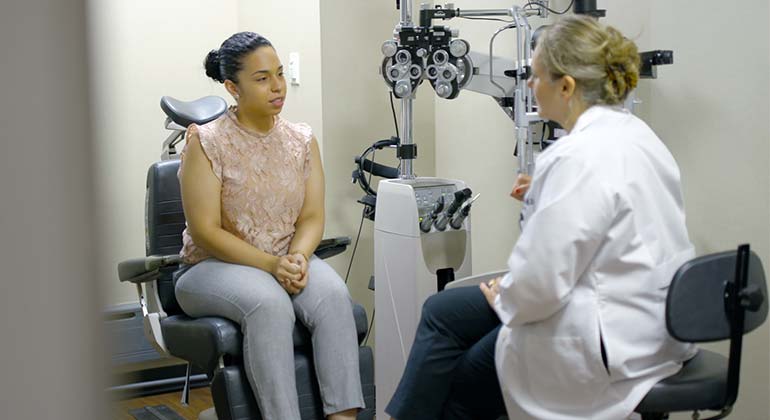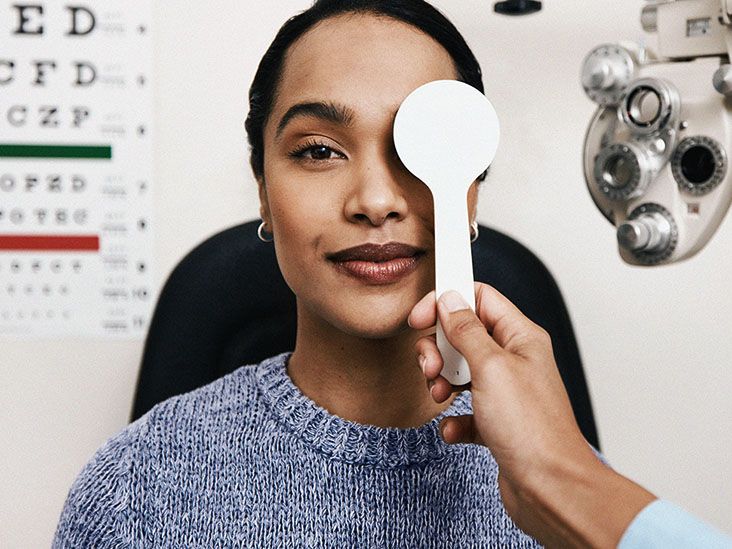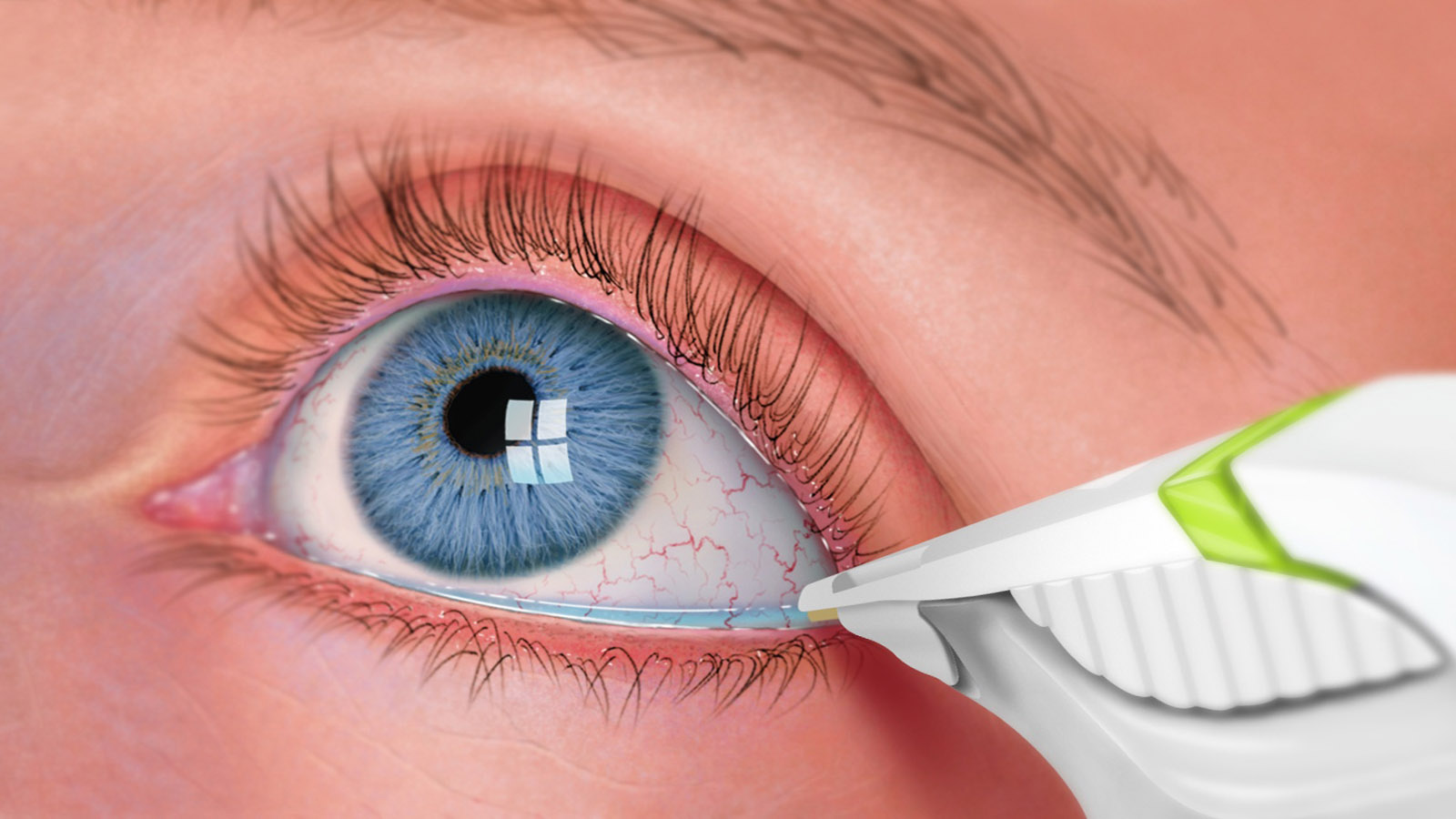Andalusia Pediatrics Clinics: Dedicated Take Care Of Your Child's Health
Andalusia Pediatrics Clinics: Dedicated Take Care Of Your Child's Health
Blog Article
The Benefits And Drawbacks of Various Refractive Surgical Treatments for Enhanced Eyecare

LASIK Surgery
LASIK surgical treatment is a typically done refractive treatment that aims to fix vision problems such as nearsightedness, farsightedness, and astigmatism. During the treatment, a slim flap is developed on the cornea, and a laser is made use of to improve the underlying cells, fixing the refractive error.
One of the key benefits of LASIK surgical treatment is the quick improvement in vision experienced by several clients. It is crucial for individuals considering LASIK surgical treatment to undertake an extensive analysis by an eye care expert to establish if they are suitable candidates for the treatment.
PRK Procedure
The PRK procedure, likewise known as Photorefractive Keratectomy, is a kind of refractive surgical treatment that intends to correct vision concerns similar to LASIK surgical procedure. Unlike LASIK, which involves producing a flap in the cornea, PRK functions on the surface layer of the cornea. During the PRK treatment, the external layer of the cornea, called the epithelium, is removed to permit reshaping of the underlying corneal cells with an excimer laser. This reshaping helps to deal with refractive errors such as astigmatism, farsightedness, and nearsightedness.
One of the benefits of PRK over LASIK is that it gets rid of the danger of flap-related difficulties given that no flap is developed throughout the surgical treatment. This can be beneficial for individuals with slim corneas or those associated with call sporting activities where eye trauma is a possibility. The recuperation time for PRK is typically much longer contrasted to LASIK, as the external layer of the cornea requires time to regrow after the treatment. Regardless of the longer recovery period, PRK can be an ideal option for people seeking vision adjustment surgery.
SMILE Surgical Procedure
A cutting-edge refractive surgical treatment method gaining popularity in the area of ophthalmology is SMILE Surgery. Small Incision Lenticule Removal (SMILE) is a minimally invasive treatment that corrects vision by reshaping the cornea using a femtosecond laser. Unlike standard LASIK surgery, SMILE Surgical procedure includes creating a little laceration in the cornea to draw out a lenticule, which causes less disturbance to the corneal structure and possibly faster recuperation times.
Among the primary benefits of SMILE Surgical treatment is its capability to treat myopia (nearsightedness) and astigmatism with high accuracy, resulting in exceptional aesthetic outcomes for individuals. The minimally intrusive nature of the procedure likewise reduces the danger of complications such as dry eye disorder, making it a beneficial choice for people seeking refractive surgical treatment.

LASEK Strategy
Having actually discovered the benefits and considerations of SMILE Surgical treatment, one more noteworthy refractive surgical treatment method worth examining is the LASEK Technique. LASEK, which stands for Laser-Assisted Subepithelial Keratectomy, is a type of laser eye surgical procedure that aims get more to correct refractive errors such as myopia (nearsightedness), hyperopia (farsightedness), and astigmatism.
Unlike LASIK, LASEK does not include producing a corneal flap. Rather, throughout a LASEK procedure, the doctor uses a diluted alcohol solution to loosen the thin outer layer of the cornea, recognized as the epithelium.
One of the main benefits of LASEK is that it can be ideal for people with slim corneas who may not be good prospects for LASIK. In addition, LASEK generally causes very little post-operative discomfort and a quicker recuperation time contrasted to PRK. Nevertheless, the aesthetic recovery procedure with LASEK might be a little longer than with LASIK.
Implantable Call Lenses
Implantable Contact Lenses use a long-lasting vision adjustment remedy for individuals looking for an alternative to typical get in touch with lenses or glasses. These lenses, additionally called phakic intraocular lenses, are operatively inserted into the eye to deal with refractive errors such as nearsightedness (nearsightedness), hyperopia (farsightedness), you could try this out and astigmatism. andalusia pediatrics. Unlike traditional get in touch with lenses that remain on the surface of the eye, implantable call lenses function within the eye itself, providing clear vision without the demand for daily maintenance or elimination
One of the essential benefits of implantable call lenses is their permanence. As soon as placed, they can stay in the eye indefinitely, providing consistent and steady vision improvement. Additionally, these lenses can be a superb option for individuals who are bad prospects for laser eye surgical treatment or that favor a reversible vision adjustment treatment.
Nonetheless, implantable call lenses do carry some dangers, including the capacity for cataracts or boosted eye stress. It is important for individuals considering this choice to seek advice from with an eye care specialist to figure out if implantable contact lenses are the appropriate selection for their particular demands and eye health and wellness.
Final Thought
To conclude, each kind of refractive surgical treatment has its very own benefits and drawbacks. LASIK surgery is preferred for its fast recuperation time, while PRK treatment may be appropriate for individuals with slim corneas. SMILE surgical treatment provides minimal discomfort throughout the treatment, however LASEK method may have a longer healing procedure. Implantable get in touch with lenses supply an option for those who are not ideal prospects for standard surgical procedures. Individuals ought to speak with their eye treatment supplier to figure out the finest option for their individual demands.

Overall, SMILE Surgical procedure presents an encouraging choice for people looking to improve their vision via refractive surgical treatment.
Report this page